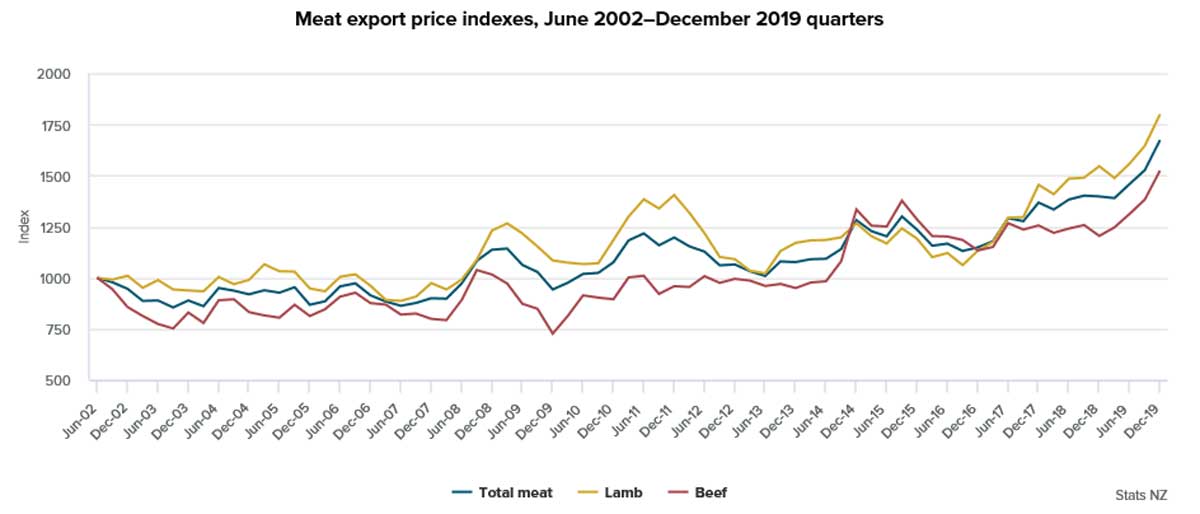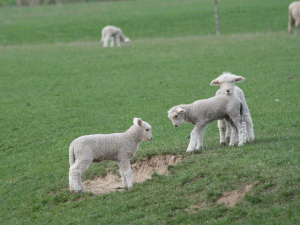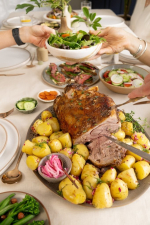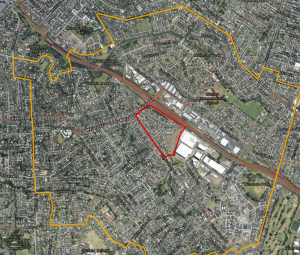Export prices for meat achieved their highest-ever level in the December 2019 quarter, Stats NZ said today.
“Meat export prices have risen for three quarters in a row, on the back of strong demand towards the end of last year,” says Stats NZ business prices manager Bryan Downes said.
Meat volumes rose 3.2%, and values rose 12% in the December 2019 quarter.
“Over the year, meat prices also rose, with both beef and lamb prices up,” says Downes.
The impact of coronavirus on New Zealand’s export prices is yet to be announced by Stats NZ.
“Exports of meat and logs increased towards the end of 2019, before the outbreak of coronavirus in China,” says Downes.
China is New Zealand’s biggest trading partner.
“Any impact of the coronavirus on prices for our goods and services, mainly because of disruptions to global trade, could be reflected in the March 2020 quarter,” says Downes.
 |
|---|
|
Meat export price indexes, June 2002-December 2019 quarters. Source: Stats NZ.
|
Wood export prices also rose in the December 2019 quarter, up 8.2%, partly recovering from falls in the previous two quarters.
Partly offsetting the rise in meat and wood export prices was a 2.4% fall in dairy prices.
While volumes were up 14%, the value of dairy exports rose by only 11%.
The fall in dairy prices was driven by an 11% fall in butter prices in the latest quarter.
However, butter prices remain at historically high levels following strong price increases a few years ago.Overall, export prices rose 3.0% in the December 2019 quarter.
Terms of trade at record level
The merchandise terms of trade rose 2.6% to its highest level, as export prices rose more than import prices.
The terms of trade is a measure of the purchasing power of New Zealand’s exports abroad.
An increase means New Zealand can buy more imports for the same amount of exports.




















